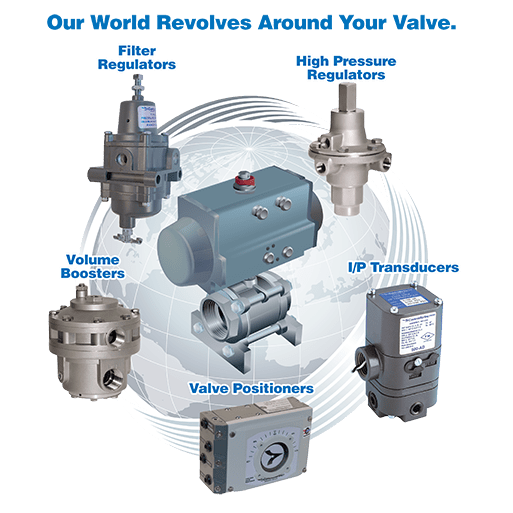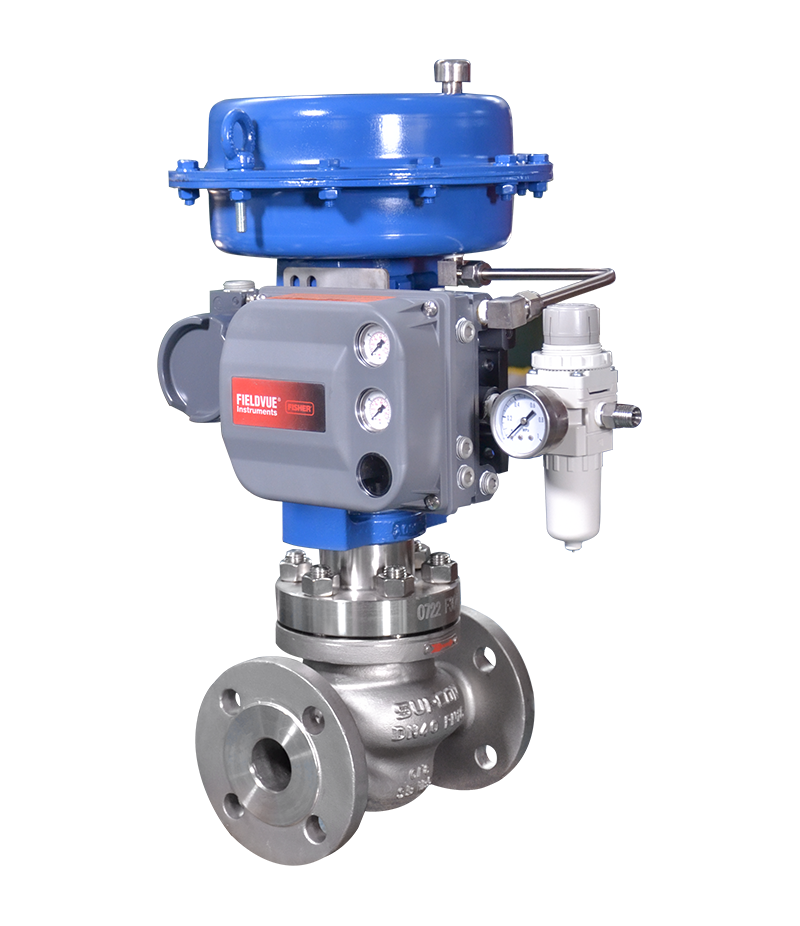
Maximize Energy Savings and Convenience With Advanced Building Automation Controls
In the realm of modern-day architecture and center monitoring, the combination of advanced structure automation regulates stands as a pivotal advancement. The merging of innovation and sustainability has actually birthed a brand-new period where power performance, comfort optimization, and functional streamlining are no much longer attainable realities however remote desires. By utilizing the power of automation, structures can adjust, respond, and advance in means that were once unbelievable. The possibility for significant power financial savings and improved convenience is not simply an opportunity yet a promise waiting to be fulfilled. This standard shift in building monitoring holds the essential to opening a globe where ecological conscientiousness and occupant well-being sympathetically exist side-by-side within the wall surfaces of our frameworks.
Energy Efficiency Perks
Energy effectiveness benefits can dramatically minimize power usage and operational prices in structures. Energy-efficient systems, such as advanced structure automation controls, can optimize the use of sources like illumination, cooling, and heating, leading to reduced energy costs over time.
Furthermore, enhanced power performance can prolong the life-span of structure devices and systems. By operating extra successfully, a/c systems, lighting fixture, and various other building elements experience much less deterioration, resulting in reduced upkeep and substitute expenses. Furthermore, energy-efficient buildings usually command greater home values and rental prices, supplying lasting economic advantages to proprietors.
In addition, power effectiveness can boost occupant convenience and efficiency. Correctly controlled interior settings with optimum lighting and thermal problems create an even more pleasurable and helpful office, leading to enhanced worker contentment and performance. In general, the energy performance advantages linked with sophisticated structure automation controls are complex, encompassing expense savings, ecological stewardship, and occupant wellness.
Improved Comfort Control
Enhancing comfort control in structure settings needs an innovative integration of advanced automation systems for optimum passenger well-being. By utilizing sophisticated building automation controls, facilities can customize the indoor atmosphere to meet the details demands and choices of residents. control valves.
By incorporating these innovative controls, structures can not only improve convenience but also improve energy performance by maximizing system operations based on actual occupancy and use patterns. Eventually, focusing on resident convenience through sophisticated automation systems leads to a much more satisfying and healthier indoor setting.
Operational Performance Improvements

Furthermore, the implementation of real-time monitoring and analytics devices allows building drivers to identify energy inadequacies and functional anomalies quickly. By constantly checking power use patterns and system performance metrics, modifications can be made in real-time to enhance energy intake and guarantee peak operational efficiency. control valves. In addition, incorporating demand action methods right into building automation controls can additionally boost operational effectiveness by dynamically readjusting power use based upon grid problems and rates signals
Indoor Environment Optimization
Efficient indoor climate optimization is an essential element of structure automation controls, guaranteeing residents' convenience and well-being while making the most of energy cost savings. By making use of innovative sensing units and controls, developing automation systems can constantly change and keep an eye on temperature level, moisture degrees, air high quality, and ventilation to develop an ideal interior setting. Keeping comfy and regular problems not just boosts owner fulfillment but likewise increases productivity and overall well-being.
Interior environment optimization also plays a vital function in energy efficiency. By fine-tuning home heating, cooling, and ventilation systems based upon real-time data and occupancy patterns, developing automation controls can substantially decrease power intake - control valves. Carrying out strategies such as demand-controlled ventilation and thermal zoning can assist reduce power waste while visit this web-site making sure that each location of the building receives the needed conditioning.

Sustainable Atmosphere Development
Structure automation regulates not just optimize indoor climate conditions for power effectiveness and passenger comfort yet additionally lay the foundation for producing a lasting environment through strategic management of sources and systems. By incorporating sophisticated structure automation technologies, such as sensors, actuators, and smart software, facilities can adjust and check energy usage in real-time to reduce waste and decrease their carbon footprint. These systems make it possible for anticipating maintenance, recognizing potential problems prior to they rise and maximizing equipment performance to enhance long life and efficiency.
Moreover, lasting atmosphere creation prolongs beyond power monitoring to include water conservation, waste decrease, and indoor air quality improvement. Structure automation controls can manage water use, identify leakages, and guarantee appropriate waste disposal methods, adding to overall sustainability efforts. In addition, by Full Report controlling and keeping an eye on ventilation and filtering systems, these technologies improve owner health and productivity while lowering energy intake connected with HVAC operations.
Final Thought
Finally, advanced structure automation controls offer substantial benefits in terms of energy financial savings, convenience control, operational efficiency, indoor climate optimization, and creating a lasting atmosphere. By carrying out these controls, structures can achieve optimal efficiency while lowering power intake and boosting passenger comfort. It appears that using advanced automation technology is essential in boosting structure efficiency and developing an extra sustainable future.
Energy efficiency benefits can considerably minimize power consumption and functional prices in structures. Generally, the energy performance advantages linked with sophisticated building automation controls are multifaceted, encompassing expense financial savings, environmental stewardship, and passenger health.
Furthermore, incorporating demand reaction methods into structure automation controls can better boost functional effectiveness by dynamically changing energy use based on grid conditions and pricing signals.
Structure automation manages not only enhance interior climate conditions for power performance great post to read and resident comfort but likewise lay the structure for creating a lasting environment through tactical monitoring of systems and resources.In final thought, advanced building automation regulates offer substantial advantages in terms of power cost savings, convenience control, functional performance, interior climate optimization, and producing a sustainable atmosphere.